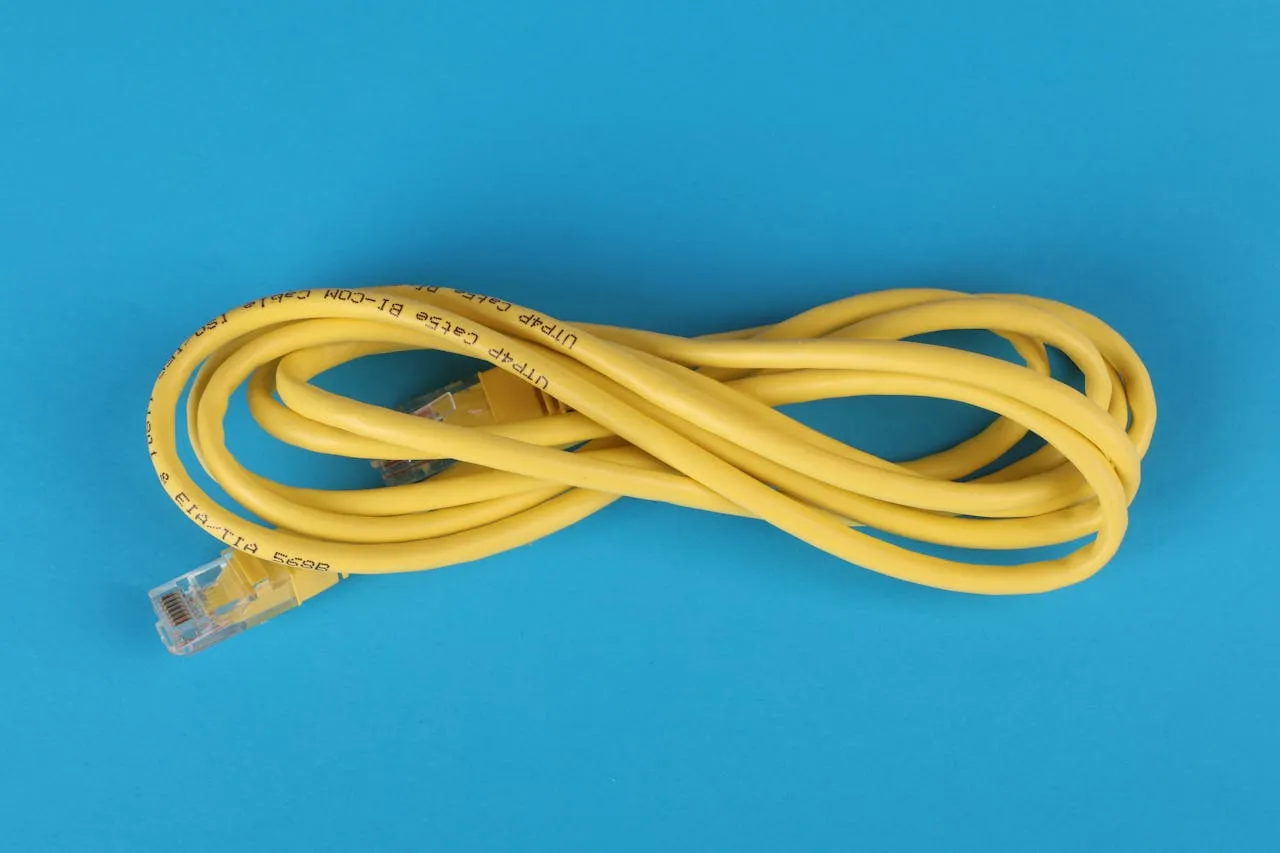
This blog post covers how to install and configure Zabbix version 7.0-2 on RHEL 9 in detail, including prerequisites, step-by-step instructions, and troubleshooting tips. Table

Learn how to improve network performance in your office with our comprehensive guide. Discover practical tips and strategies, from upgrading hardware to optimizing configurations, enhancing Wi-Fi, and implementing security measures. Boost productivity with a faster, more reliable network.
In today’s digital age, a fast and reliable network is crucial for the productivity and efficiency of any office. Slow or unreliable networks can lead to frustration, decreased productivity, and even lost revenue. This guide will provide you with actionable tips and strategies to improve network performance in your office, ensuring your team can work seamlessly and efficiently.
Network performance refers to the quality and speed of your network’s data transmission. Key metrics include bandwidth (the maximum data transfer rate), latency (the delay before data transfer begins), and packet loss (the percentage of data packets lost during transmission). Optimizing these metrics can lead to a more responsive and reliable network.
Before making any changes, you need to understand your current network performance. Use tools like Speedtest, Ping, and Traceroute to measure bandwidth, latency, and packet loss. This will help you identify bottlenecks and areas for improvement.
| Metric | Definition | Target Value |
|---|---|---|
| Bandwidth | Maximum data transfer rate | > 100 Mbps |
| Latency | Delay before data transfer begins | < 50 ms |
| Packet Loss | Percentage of data packets lost | 0% |
Old or inadequate hardware can significantly impact network performance. Consider upgrading the following components:
Ensure your routers and switches are modern and support the latest standards like Gigabit Ethernet or Wi-Fi 6. These standards provide higher bandwidth and better performance.
Use high-quality Cat6 or Cat6a cables for wired connections. These cables support higher data transfer rates and reduce latency.
| Category | Maximum Speed | Maximum Length |
|---|---|---|
| Cat5e | 1 Gbps | 100 meters |
| Cat6 | 10 Gbps | 55 meters |
| Cat6a | 10 Gbps | 100 meters |

Ensure your network uses a structured IP address scheme to avoid conflicts. Consider using a DHCP server to automatically assign IP addresses.
Segment your network into smaller subnets to reduce congestion and improve performance. For example, separate guest Wi-Fi from your main network.
Implement QoS settings on your router to prioritize critical applications and services, such as VoIP and video conferencing, over less important traffic.
Place your router in a central location, free from obstructions, to ensure even coverage. Avoid placing it near thick walls or metal objects that can interfere with the signal.
Minimize interference from other electronic devices, such as microwaves and cordless phones. Use the 5 GHz band for less crowded and faster Wi-Fi.
If your office is large or has dead zones, consider using Wi-Fi extenders or a mesh network to improve coverage and performance.
Regularly update the firmware of your routers, switches, and other network devices to ensure they run efficiently and have the latest security patches.
Use network monitoring tools like Nagios, Zabbix, or SolarWinds to continuously monitor network performance and quickly identify and resolve issues.
| Tool | Features | Cost |
|---|---|---|
| Nagios | Open-source, customizable, alerts | Free |
| Zabbix | Open-source, auto-discovery, alerts | Free |
| SolarWinds | Advanced analytics, detailed reporting | Subscription-based |
Network security and performance are closely related. Ensure your network is secure to prevent unauthorized access and potential performance issues.
Deploy firewalls and antivirus software to protect your network from malicious attacks that can degrade performance.
Use a VPN for remote access to ensure secure connections and reduce the risk of data breaches.
Improving network performance in your office is an ongoing process that involves assessing your current setup, upgrading hardware, optimizing configurations, enhancing Wi-Fi performance, and maintaining security measures. By following these steps, you can create a fast, reliable, and secure network that boosts productivity and supports your business operations.
Remember, regular monitoring and maintenance are key to sustaining optimal network performance. Stay proactive and address issues promptly to ensure your network runs smoothly. With a well-optimized network, your office will be better equipped to handle the demands of modern business activities.
Did you find this article useful? Your feedback is invaluable to us! Please feel free to share your thoughts in the comments section below.
Related Posts

This blog post covers how to install and configure Zabbix version 7.0-2 on RHEL 9 in detail, including prerequisites, step-by-step instructions, and troubleshooting tips. Table

In this comprehensive guide, we’ll explore how to master virtual hosting management using Podman and HAProxy, enabling you to streamline your web infrastructure, achieve optimal

In this article, we will examine 10 ways to speed up your Ansible Playbooks, providing actionable strategies and examples to optimize performance and streamline automation
